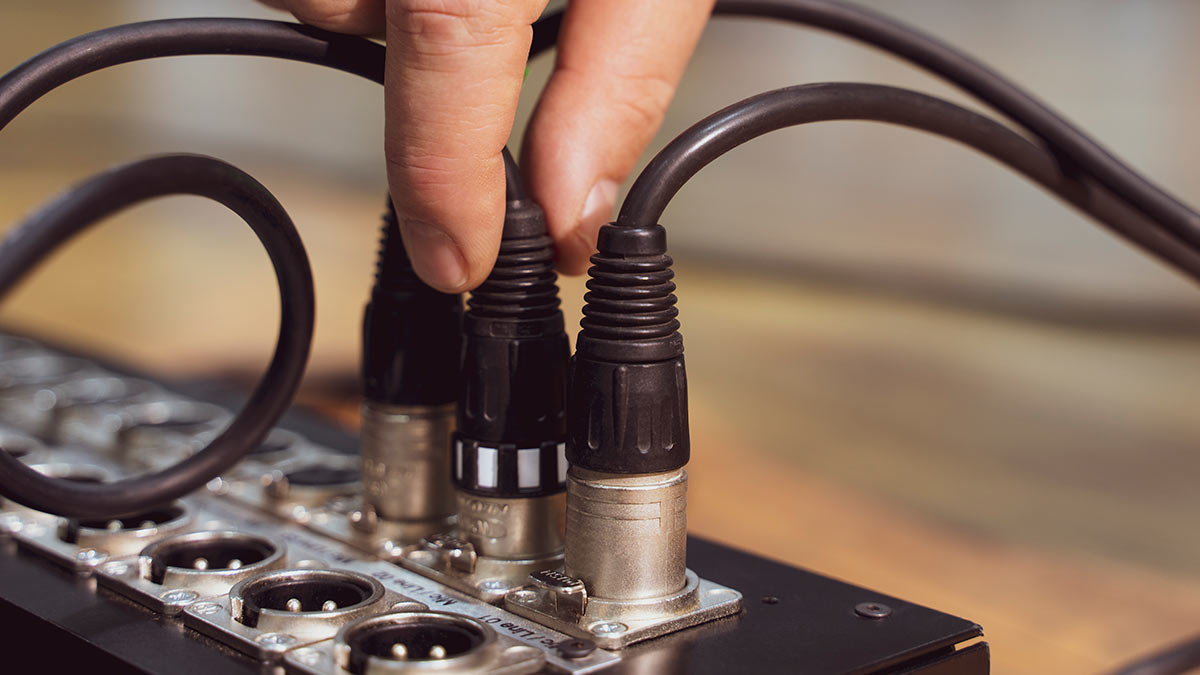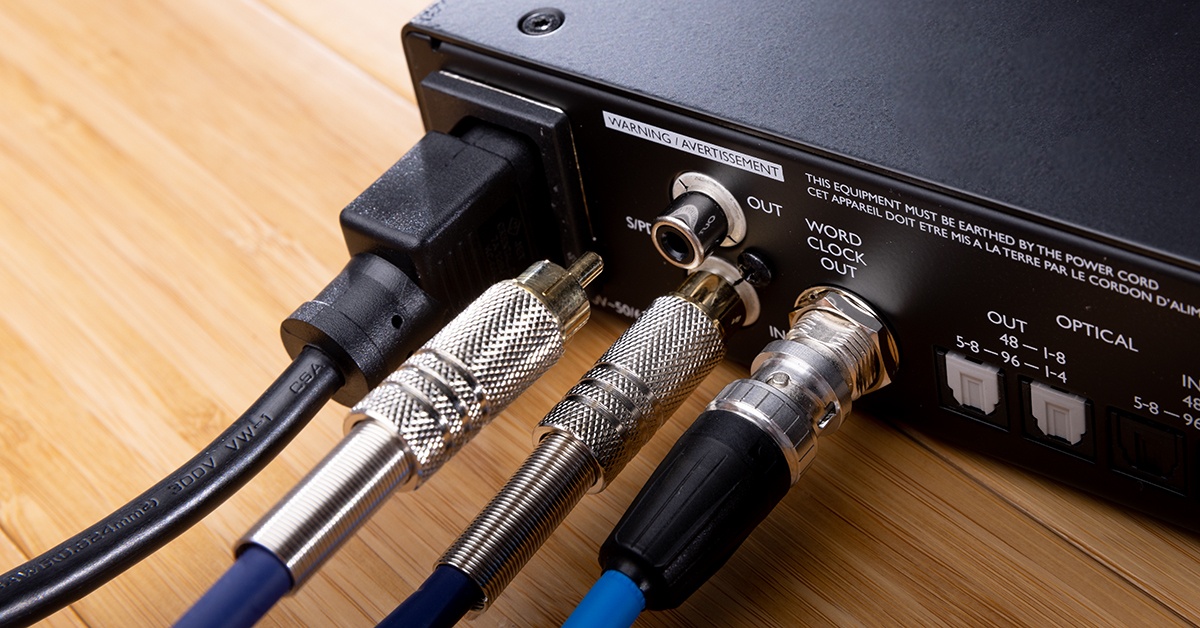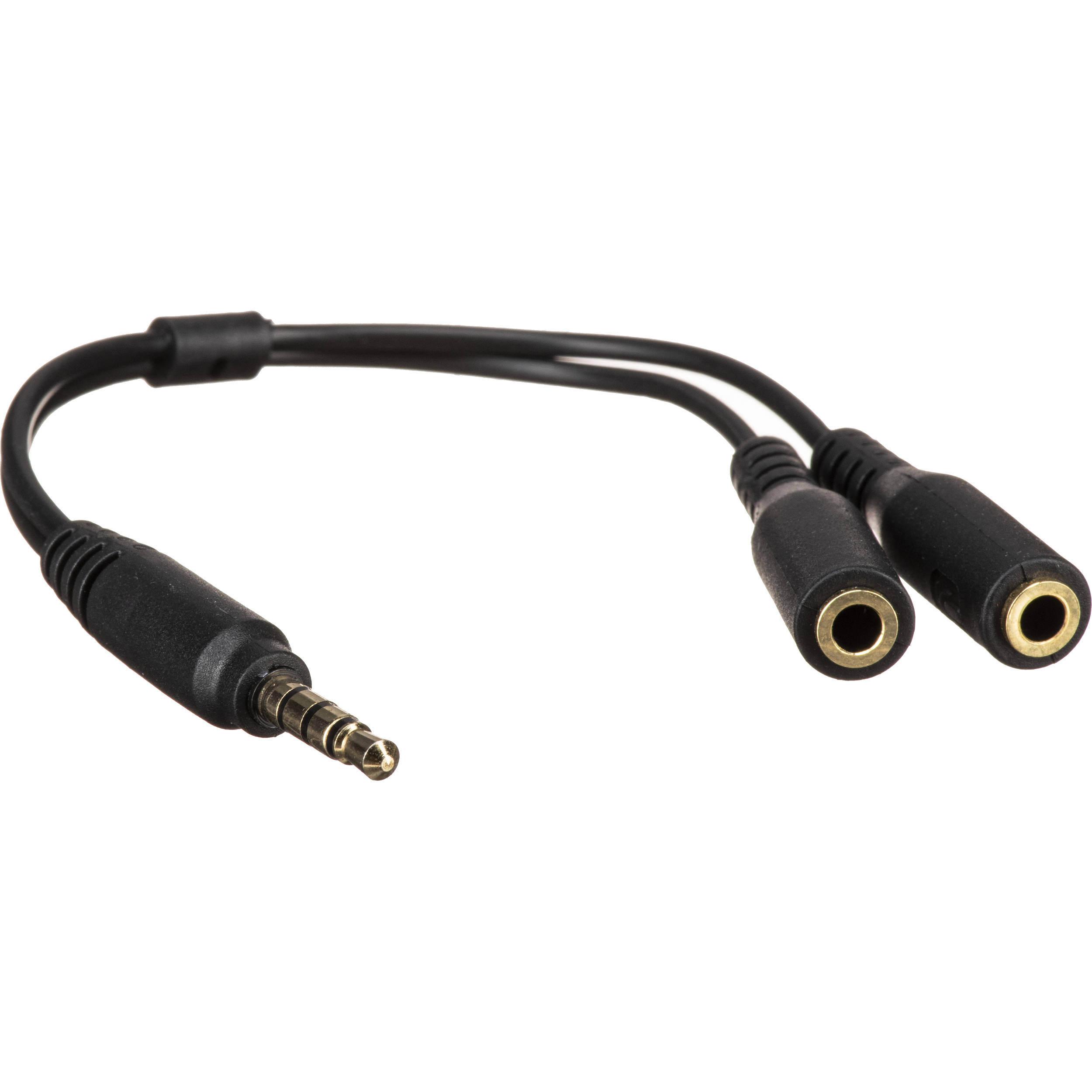Home>Production & Technology>Audio Cable>How Do I Open Virtual Audio Cable Control Panel ?


Audio Cable
How Do I Open Virtual Audio Cable Control Panel ?
Modified: January 22, 2024
Learn how to open the Virtual Audio Cable Control Panel and manage your audio connections seamlessly with this step-by-step guide. Fix audio cable issues easily!
(Many of the links in this article redirect to a specific reviewed product. Your purchase of these products through affiliate links helps to generate commission for AudioLover.com, at no extra cost. Learn more)
Table of Contents
Introduction
Welcome to the world of audio cables! Whether you’re a professional sound engineer, an avid music enthusiast, or someone who simply appreciates high-quality audio, understanding the ins and outs of audio cables is crucial. In this article, we’ll specifically delve into the realm of virtual audio cables and how you can open the control panel to harness their power.
Virtual audio cables, sometimes referred to as VAC, are software-based solutions that enable audio signals to be transmitted between different applications or devices within a computer system. They provide a virtual bridge for audio data to pass from one application to another, allowing for enhanced control and customization of audio routing.
Opening the virtual audio cable control panel is the gateway to unleashing the full potential of these cables. It provides you with a comprehensive interface to configure and manage audio routing, adjust settings, and monitor the flow of audio signals. Whether you need to route audio from your DAW to a streaming software, split audio signals for recording purposes, or simply redirect audio playback to different channels, the control panel is your command center.
In the following sections, we’ll walk you through the step-by-step process of locating and opening the virtual audio cable control panel. So, let’s dive in and explore the world of audio cables!
Step 1: Locating the Virtual Audio Cable Control Panel
Before you can open the virtual audio cable control panel, you’ll need to ensure that the virtual audio cable software is installed on your computer. If you haven’t already done so, visit the official website of the virtual audio cable manufacturer and download the latest version of the software. Once the installation is complete, follow these steps to locate the control panel:
- Locate the virtual audio cable software icon in your computer’s system tray. The system tray is usually located in the bottom-right corner of the screen, next to the clock icon.
- Right-click on the virtual audio cable icon. This will open a context menu with various options.
- In the context menu, locate and click on the option that says “Open Control Panel” or something similar. This will launch the virtual audio cable control panel.
Alternatively, you can also access the virtual audio cable control panel by searching for it in your computer’s Start menu. Simply click on the Start button, type in the name of the control panel (usually “Virtual Audio Cable Control Panel” or something similar), and hit Enter. The control panel should then appear on your screen.
It’s worth noting that the exact steps to locate the control panel may vary slightly depending on the version of the virtual audio cable software you’re using. However, in most cases, you can find the control panel either through the system tray icon or by searching for it in the Start menu.
Once you have located the virtual audio cable control panel, you are one step closer to unleashing the full potential of virtual audio cables. In the next section, we’ll explore how to open the control panel and start customizing your audio routing.
Step 2: Opening the Virtual Audio Cable Control Panel
Now that you have located the virtual audio cable control panel, it’s time to open it and gain access to its powerful features. Follow these simple steps to open the control panel:
- Locate the virtual audio cable control panel icon. It should be either on your desktop or in your computer’s Start menu, depending on where you accessed it in the previous step.
- Double-click on the control panel icon to open it. This will launch the control panel interface and display a window on your screen.
- Take a moment to familiarize yourself with the control panel’s layout. You’ll find various tabs, buttons, and options that allow you to customize your audio routing and settings. Each tab represents a different aspect of the virtual audio cable functionality.
- Explore the different tabs and options to configure your desired audio routing setup. Depending on your needs and the specific virtual audio cable software you’re using, you may have options to create virtual cables, set input/output devices, adjust buffer sizes, and more.
Once you have opened the virtual audio cable control panel, you have the flexibility to create intricate audio routing setups tailored to your specific requirements. Whether you need to send audio from one application to another, split audio signals, or redirect audio playback, the control panel provides you with the tools to achieve it.
It’s worth mentioning that while the control panel interface may vary between different virtual audio cable software, the basic functionality and concept remain the same. You’ll have access to options that allow you to manage your virtual audio cables, connect applications, and control the flow of audio. Take your time to explore the control panel and experiment with different configurations to get the most out of your virtual audio cables.
With the control panel open, you are now ready to harness the power of virtual audio cables and optimize your audio workflow. In the next section, we’ll conclude this guide with some final thoughts.
Conclusion
Virtual audio cables are an invaluable tool for audio enthusiasts, professionals, and anyone looking to optimize their audio routing and control. Opening the virtual audio cable control panel is the first step towards harnessing the power of these cables and unlocking a world of audio customization.
In this article, we discussed how to locate and open the virtual audio cable control panel. By following the simple steps outlined, you can easily access the control panel and start configuring your audio routing setup to suit your specific needs.
Once you have the control panel open, you have the ability to create virtual cables, adjust input/output devices, and fine-tune audio settings. This level of control empowers you to seamlessly connect applications, split audio signals, and redirect audio playback for a truly optimized audio experience.
It’s important to note that the specific steps and options within the control panel may vary depending on the virtual audio cable software you are using. However, the core functionality remains the same – providing you with the tools to manage audio routing and enhance your workflow.
So, whether you’re a musician wanting to integrate multiple software instruments, a podcaster streamlining your audio setup, or a gamer looking to mix game sound and voice chat seamlessly, virtual audio cables and their control panel can help you achieve your goals.
Take the time to explore the various tabs, options, and configurations within the control panel. Experiment with different setups and discover the full potential of virtual audio cables.
By mastering the virtual audio cable control panel, you’ll have the ability to create complex audio routing setups, fine-tune sound parameters, and elevate your audio experience to new heights.
So, don’t hesitate – dive into the control panel, unleash your creativity, and explore the vast possibilities of virtual audio cables!











